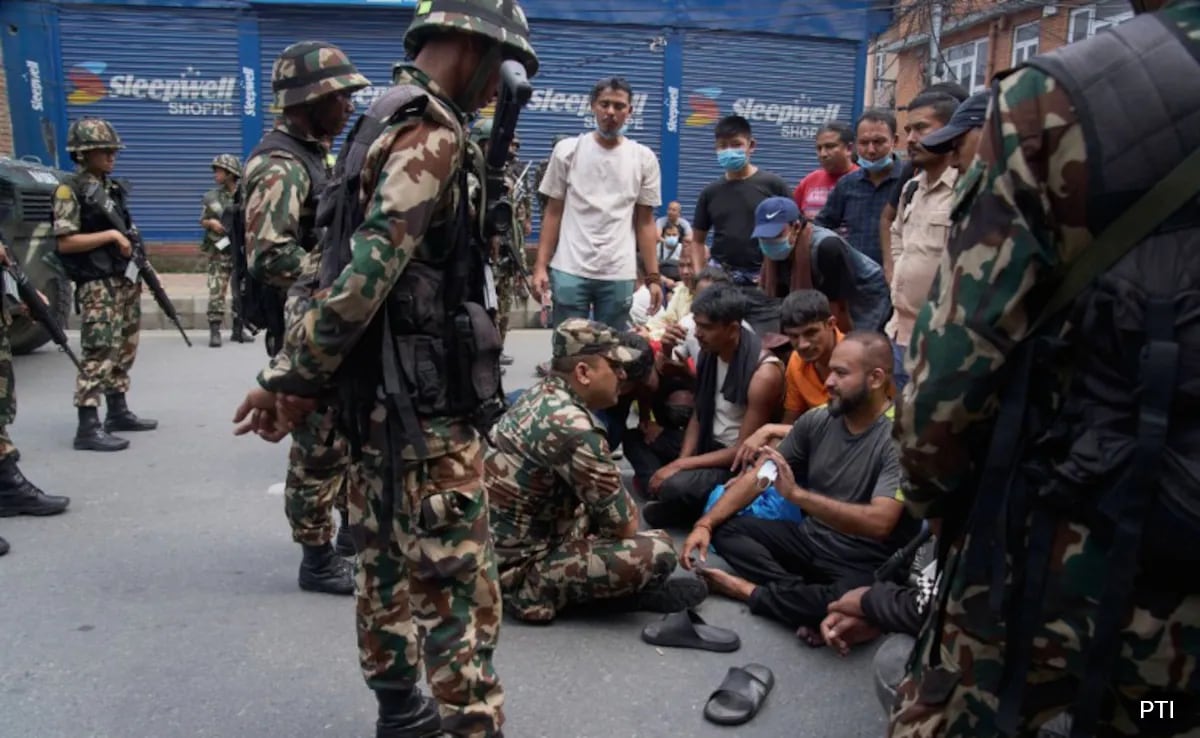âIt is raining everyday. The situation on the slopes of Semeru requires high vigilance, there are signs of volcanic activity,â said Irwan Subekti, commander of the Mount Semeru Disaster Emergency Response Command.
Hot lava from the top of the 3,676-meter (12,060-foot) mountain still flows down. Heavy rains that are believed to have triggered the eruption mixed with volcanic mud and flooded the villages covered by the ashfall. Roads were closed and houses buried in layers of mud up to 1 meter (3.2 feet) high.
The conditions were not suitable for heavy equipment, officials said. There had been no survivors found under the debris since Saturday, and Tholeb Vatelehan, spokesperson for the Surabaya Search and Rescue Agency, said that the death toll is expected to rise as more bodies are recovered.
More than 4,200 people were evacuated following Saturdayâs eruption to temporary shelters, and some are still being treated at hospitals in Lumajang district for burns and other injuries.
Semeru, also known as Mahameru, has erupted many times in the last 200 years. Still, as on many of the 129 volcanoes monitored in Indonesia, tens of thousands of people live on its fertile slopes. It last erupted in January, with no casualties.
Indonesia, an archipelago of more than 270 million people, is prone to earthquakes and volcanic activity because it sits along the Pacific âRing of Fire,â a horseshoe-shaped series of fault lines.
___
Associated Press writer Edna Tarigan in Jakarta, Indonesia, contributed to this report.
.png)











 English (United States) ·
English (United States) ·  Turkish (Turkey) ·
Turkish (Turkey) ·